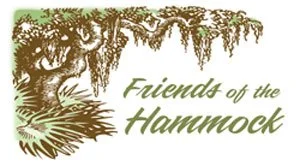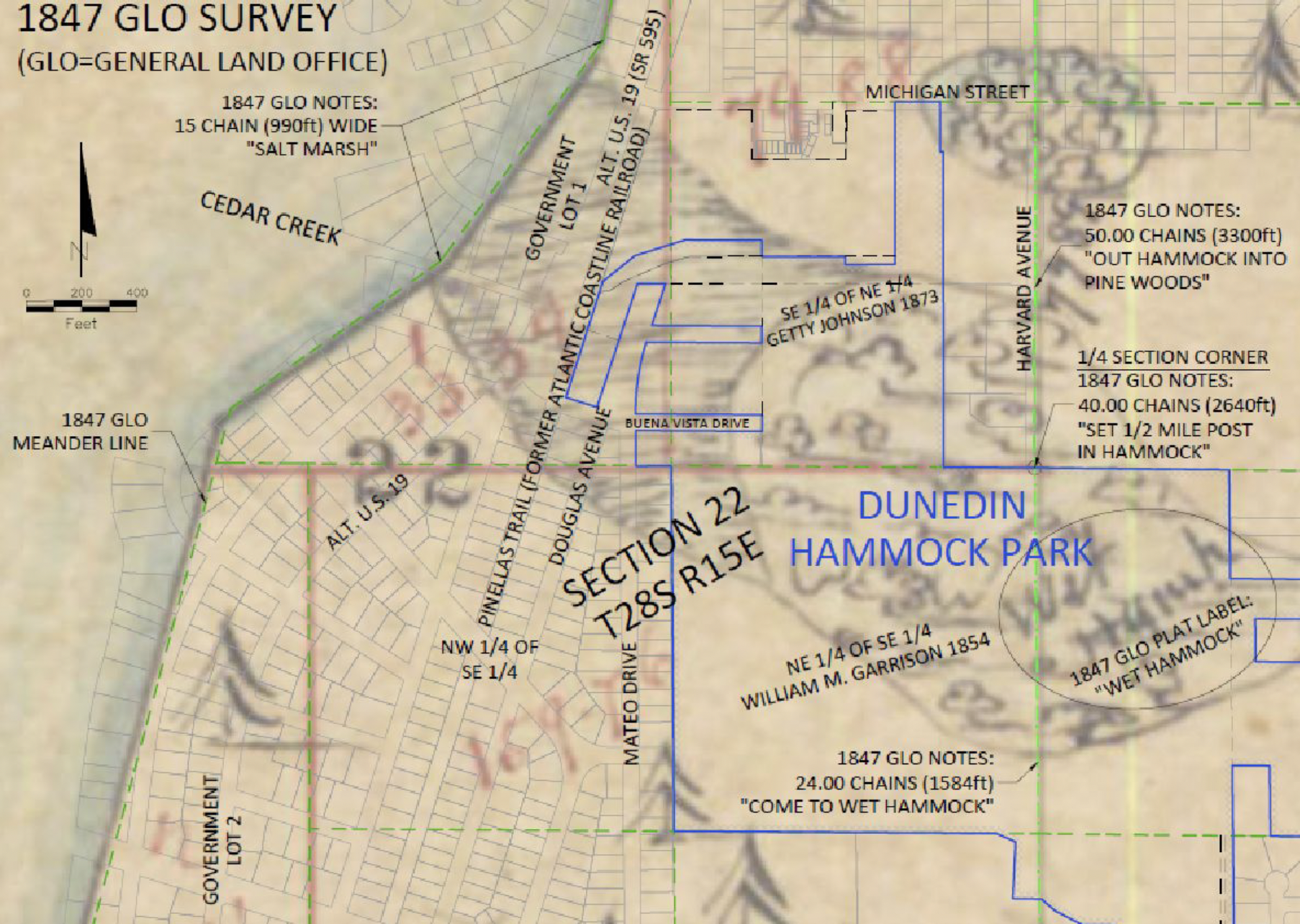The Evolution of Hammock Park
100+ Years in the Making
Presented at our 2023 Annual last January, this presentation gave a surprising look back at how what is now our Hammock Park land came to be.
Important Wildlife Poison Information
Every day, wildlife and pets are in danger of being poisoned when homeowners, businesses or exterminators choose to use anticoagulant rodenticides, also known as rat poisons, to control rodents.
Birds in Helping Hands
birdsinhelpinghands.org
727-365-4592
birdsinhelpinghands@gmail.com
Birding Backpacks Available at the Dunedin Library
Thanks to a grant from the Rotary Club of Dunedin and Dunedin Friends of the Library, your library card gives you access to Florida's natural beauty! The birding backpacks contain the equipment, resources, and guides to help you identify birds native to Florida and North America.
Friends of the Hammock hosted its first Work Day of 2022 on Saturday, February 20.
Sixteen volunteers volunteered in the Hammock Park to eradicate an area of invasive Boston fern (Nephrolepis cordifolia) on Sugarberry Trail. The Boston sword fern, although similar to the native sword fern (Nephrolepis exaltata) is considered an invasive species because it disrupts native species habitat. Here’s an identification page from IFAS that explains the differences: https://edis.ifas.ufl.edu/publication/ag120
Thanks to all who joined us. The next Work Day is March 19, 2022.
Osprey Trail Boardwalk Refurbishment On-going
PBS Newshour / Photo: Don Solari
Hammock Park’s Gopher Tortoise Population Study
Several gopher tortoises were spotted this year.
A tortoise near home.
The 2013 Hammock Management Plan identified 14 burrows found by a mapping-grade GPS, with several other burrows identified on the periphery of the park. The purchase of the adjacent church property in 2017 was a vital step in protecting an additional 8 acres known to be a tortoise habitat. Motivated by the possibility of an increase tortoise population, the Friends of the Hammock contracted with biologist George Heinrich of Heinrich Ecological Services to conduct an extensive survey that will determine the estimated population and provide information to be used to guide habitat management.
The $3,520 study, following the guideline of the Florida Fish and Wildlife Conservation Commission, will be conducted February 15–29, 2020. It will require 80 volunteers from the Dunedin community and help from Heinrich’s list of universities, conservation groups and Tampa Bay parks and preserves volunteers. Participants will receive 2 hours of in-service training and be asked to donate at least 6 hours of time in the Hammock. The field study will take about a week and the entire project about 88 hours to complete. At the end of the project a guided interpretive gopher tortoise hike in the Hammock is planned to explain the findings and demonstrate what can be done to protect them. With an accurate knowledge base, implementing proper management of the Hammock tortoise population will contribute to the conservation of this threatened Florida species.
heinrichecologicalservices.com
Butterflies — Hammock’s Flower Trekkers
Two dozen butterfly aficionados battled 90° temperatures and mosquitoes to follow butterfly expert Tim Adams on a 2-hour discovery trek through the Hammock on June 15th.
Their goal was to count and identify the brightly colored butterflies that grace the park. 74 butterflies were counted and classified into 16 species. Noteworthy finds were a southern skipperling and an American lady. The skipperling is the smallest member of the North American skipper butterfly family.
Hammock Park Butterfly Count 2019
| Tiger swallowtail — 1 | Cassius blue — 2 |
| Giant swallowtail — 1 | Gulf frittilary — 2 |
| Spicebush swallowtail — 5 | White peacock — 31 |
| Polydamas swallowtail — 1 | Zebra longwing — 4 |
| Dainty sulphur — 5 | American lady — 1 |
| Ceraunus blue — 3 | Monarch — 5 |
| Viceroy — 1 | Fiery skipper — 6 |
| White checkered skipper — 4 | Southern skipperling — 1 |
| Horace’s dustwing — 1 |
Close up shows delicate toungue that catches lunch! Photo: Don Solari
Paid in Full!!
In just three years the Dunedin City Commissioners paid off the $1.3 million dollar debt for the purchase of the important environmental Hammock land from the Catholic church in 2016. BP funding from the county trust, donations from the Friends of the Hammock, a grant from the Florida Communities Trust, land dedication fees spurred on by a robust economy and the tireless effort of the Parks and Recreation Department to obtain funds made it all possible. The significance of preserving this eight-acre parcel has been confirmed by the preliminary confirmation by Heinrich Environmental Services that this area is the primary habitat of the endangered gopher tortoises in the Hammock. The upcoming survey in February will identify the tortoise habitats throughout the park and estimate the population.













